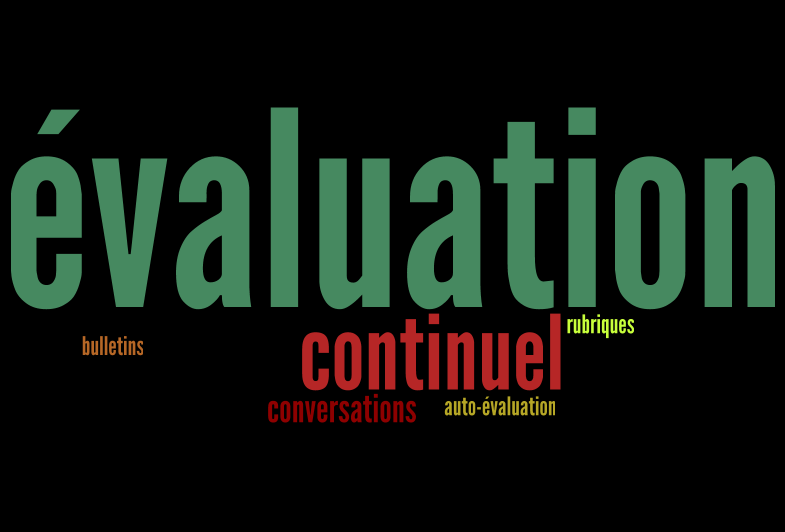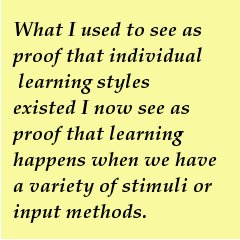I was asked to think about this statement and how it can be considered an assumption:
The notion of systemic change in how we evaluate is utopic since it goes against parent expectations and societal values.
If this were true then women would never have gotten the vote and black people would still be riding the back of the bus and children would still be working in coal mines.
Any kind of systemic change is challenging but certainly not utopic or impossible! If that were the case then nothing would ever change. For this statement to be qualified as true then I must assume the following:
- Parent expectations and the values of society are homogenous and fixed.
- The whole system of education is formed by these two elements alone.
- What educators have to say has no affect on any other element of the education system (esp. parents and society)
One at a time now.
Parent expectations and the values of society are homogenous and fixed
In my experience working with parents I know that their expectations are not fixed in favour of the stagnancy of how we evaluate students. Parents of students who have test anxiety, for example, would love to see formal, high-stakes summative evaluations bite the dust. And societal values? Which society are we talking about? Is there an assumption here that all societies have the same values when it comes to education and evaluation? I’ve worked in a few different social arenas myself and each one held different values. Even within the same school community I’ve experienced some parents who were in favour of rigorous testing while others were in favour of less rigorous practice. Oh and wait, don’t my values as a teacher fall into the realm of societal values? Am I not part of society?
The whole system of education is formed by these two elements alone.
As soon as we talk ‘systemic change’ we can not base our ideas on only 2 elements of a system. Theories about how systems work tell us that a system is made up of many parts and that none of the parts can be looked at in isolation in order to gain a complete understanding of how the system works. This is because each of the parts affects each of the other parts. Think of your own body. Do you think we could get a good understanding of why you have that headache by only looking at your head? A friend of mine’s headaches ended up being as a result of high blood pressure. If his doctors had only examined his head he may never have found out why they were happening.
By its very definition, a system is an arrangement (pattern, design) of parts which interact with each other within the system’s boundaries (form, structure, organization) to function as a whole. The saying, “the whole is greater than the sum of its parts,” reflects the notion that it is not enough to focus our evaluative gaze on single goals, objectives, actors, processes, activities, and the like, without attempting to understand the larger system in which the initiative lives. From Evaluating Systems Change by Hallie Preskill
What educators have to say has no affect on any other element of the education system (esp. parents and society)
This assumes that as teachers/administrators/consultants we have no power within our own workplace, that our beliefs and practices do not count. When looked at within the concept of systems thinking, as briefly explained above, we see this is nonsense. While we may sometimes feel this to be true, we know that if we need to change something we can. Look at how a group of Catholic educators changed public policy on the teaching of ethics and religion in Quebec, look at the number of hits that come up when I google teachers as change agents.
What do you think? Is it erroneous to think that we can change evaluative systems in education?
What would you like to see change in how we evaluate in schools?


